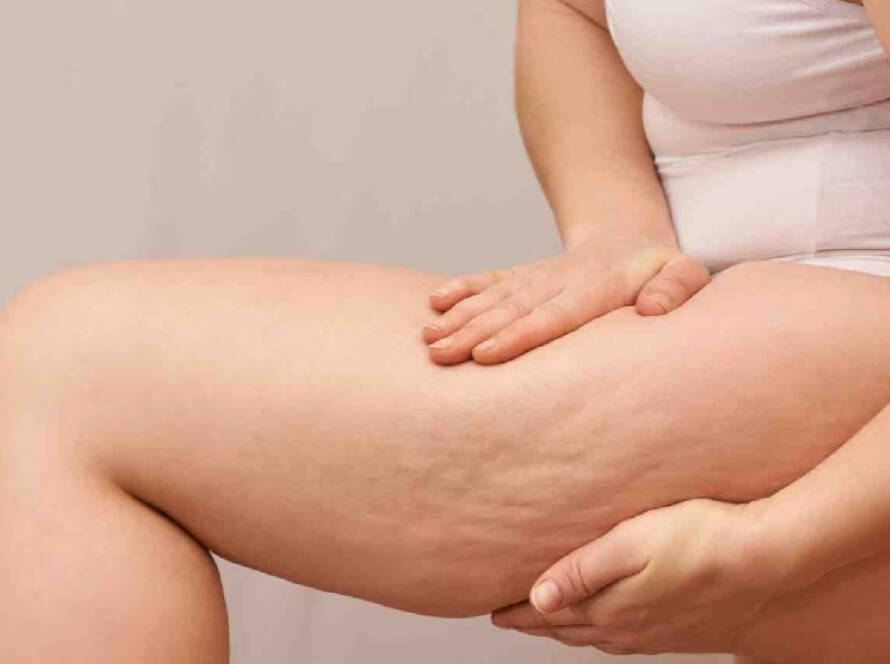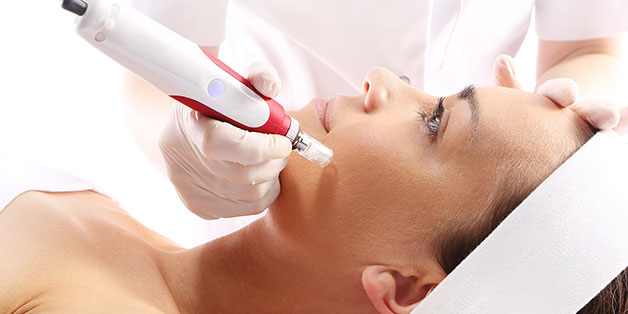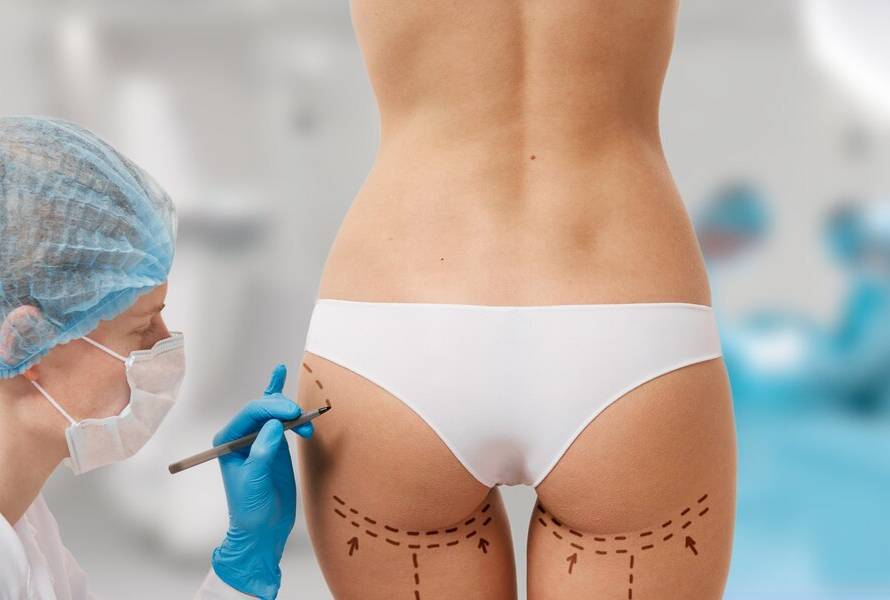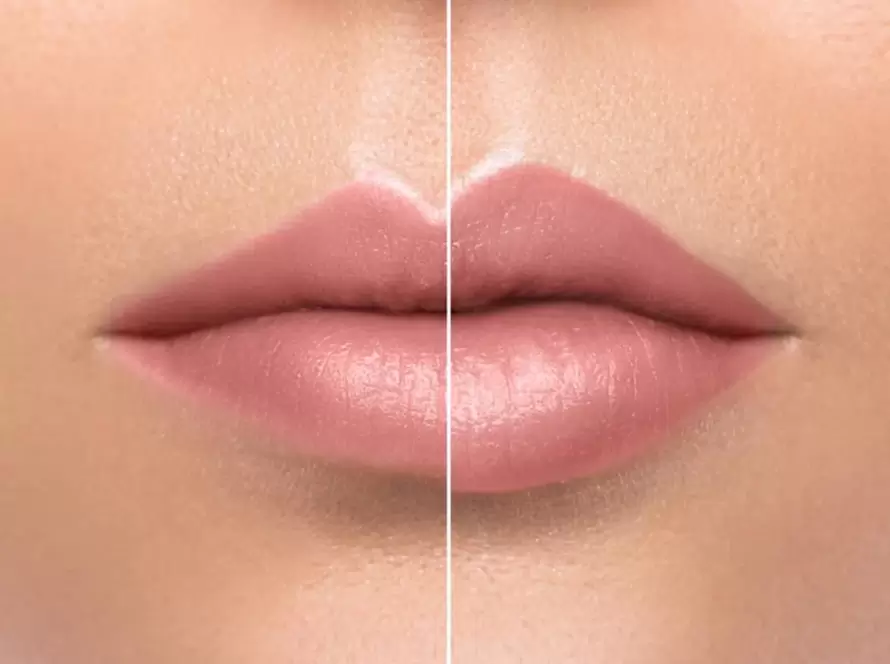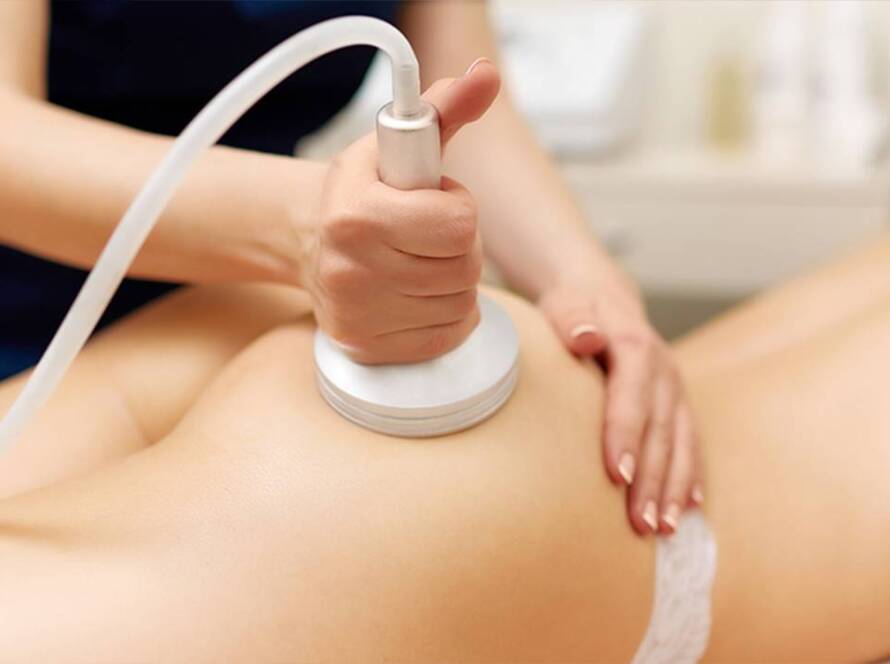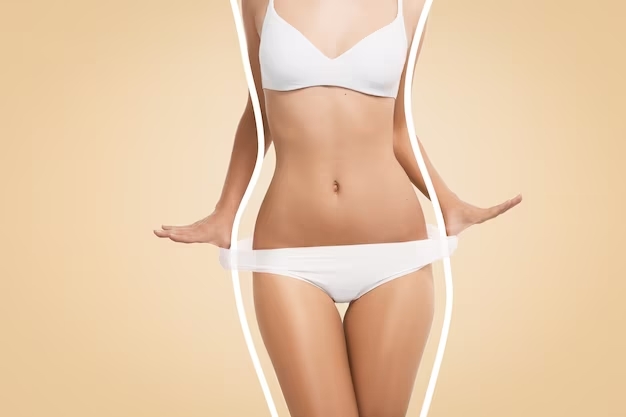Curious About Inner Thigh Fat? Here Are 20 FAQs Answered!
Inner thigh fat can be a common concern for many individuals, affecting both men and women. The accumulation of excess fat in this area can be influenced by various factors, including genetics, lifestyle, and hormonal changes. If you find yourself curious about inner thigh fat and are seeking answers to common questions, you’ve come to the right place. In this comprehensive blog, we will address 20 frequently asked questions about inner thigh fat, covering everything from its causes to effective strategies for reduction.

1. What Causes Inner Thigh Fat?
Inner thigh fat can result from a combination of factors, including genetics, hormonal changes, poor diet, and lack of physical activity. While genetics play a role in determining where your body stores fat, lifestyle factors significantly contribute to the development of inner thigh fat.
2. Can You Spot Reduce Inner Thigh Fat?
Spot reduction, the idea that you can target fat loss in a specific area through exercise, is a common misconception. Unfortunately, you cannot exclusively spot reduce inner thigh fat. However, a comprehensive approach involving targeted exercises and a healthy lifestyle can contribute to overall fat loss, including the inner thighs.
3. Are Inner Thigh Pouches Different for Men and Women?
While both men and women can develop inner thigh fat, the distribution may vary. Women often store more fat in the hip and thigh area due to hormonal influences, while men may accumulate fat in the abdominal region. However, the principles of fat loss apply similarly to both genders.
4. How Does Genetics Affect Inner Thigh Fat?
Genetics can influence your body’s natural tendency to store fat in specific areas, including the inner thighs. If your family has a history of storing fat in this region, you may be more prone to developing inner thigh pouches.
5. Can Hormones Contribute to Inner Thigh Fat?
Hormonal changes, particularly during puberty, pregnancy, and menopause, can affect fat distribution, leading to an increase in inner thigh fat. Estrogen, in particular, plays a role in fat storage, and fluctuations in its levels can impact the accumulation of fat in the thighs.

6. What Role Does Diet Play in Inner Thigh Fat?
Diet plays a crucial role in managing inner thigh fat. Consuming a balanced, nutrient-rich diet that includes lean proteins, whole grains, fruits, and vegetables can contribute to overall weight management. Avoiding excessive calorie intake and processed foods is essential for preventing the accumulation of fat in the inner thighs.
7. Are Inner Thigh Exercises Effective?
Yes, targeted exercises can help strengthen and tone the muscles in the inner thighs. While these exercises won’t reduce fat, they can contribute to an overall improvement in muscle tone and definition. Include exercises such as squats, lunges, and leg lifts in your workout routine for better results.
8. How Often Should I Exercise to Reduce Inner Thigh Fat?
Consistency is key when it comes to exercise. Aim for at least 150 minutes of moderate-intensity aerobic exercise per week, along with strength training exercises targeting the inner thighs at least twice a week. This balanced approach can aid in overall fat loss.
9. Can Cardiovascular Exercise Help Reduce Inner Thigh Fat?
Cardiovascular exercises, such as running, cycling, and swimming, are effective for burning calories and promoting overall fat loss. Including cardio in your routine can contribute to reducing inner thigh fat when combined with a healthy diet and targeted strength training.
10. Is Surgery a Viable Option for Inner Thigh Fat Reduction?
Surgical procedures, such as liposuction, can be an option for removing excess fat in the inner thighs. However, surgery comes with risks and should be considered only after exhausting non-surgical options. Consult with a qualified plastic surgeon to discuss the potential benefits and risks.
11. Can Yoga Help in Reducing Inner Thigh Fat?
Yoga, with its focus on strength, flexibility, and mindfulness, can be a valuable addition to your fitness routine. While it may not directly target inner thigh fat, certain yoga poses can engage the muscles in that area and contribute to overall toning and flexibility.
12. How Does Age Affect Inner Thigh Fat?
Your natural metabolism naturally slows down with age, which makes weight gain easier. Hormonal changes and a decrease in muscle mass can also contribute to the accumulation of fat in the inner thighs. However, a healthy lifestyle, including regular exercise and a balanced diet, can mitigate these effects.
13. Are There Specific Diets for Inner Thigh Fat Loss?
No specific diet targets inner thigh fat exclusively. However, adopting a well-balanced diet that promotes overall fat loss can positively impact the appearance of your inner thighs. Consider incorporating a mix of macronutrients, and micronutrients, and staying hydrated for optimal results.
14. Can Hormonal Birth Control Affect Inner Thigh Fat?
Hormonal birth control methods, such as oral contraceptives, can influence hormonal balance in the body. While some individuals may experience changes in fat distribution, it varies from person to person. See your healthcare provider for individual advice if you have any concerns.
15. Is Fasting Effective for Inner Thigh Fat Reduction?
Intermittent fasting has gained popularity for weight management, but its effectiveness for spot-reducing inner thigh fat is limited. Fasting should be approached with caution and under proper guidance to ensure it aligns with your overall health goals.
16. What Are Some Non-Invasive Procedures for Inner Thigh Fat Reduction?
Non-invasive procedures, such as laser therapy and cryolipolysis, aim to reduce fat without surgery. These treatments work by breaking down fat cells, but results can vary, and multiple sessions may be required. Examine these options by speaking with a licensed professional.
17. Can Stress Contribute to Inner Thigh Fat?
Chronic stress can lead to hormonal imbalances, potentially influencing fat distribution in the body, including the inner thighs. Incorporating stress management techniques, such as meditation and mindfulness, can be beneficial for overall health and well-being.
18. What Are Some Lifestyle Changes for Inner Thigh Fat Reduction?
Making sustainable lifestyle changes is crucial for reducing inner thigh fat. Focus on a balanced diet, regular exercise, proper hydration, and adequate sleep. Small, consistent changes over time can lead to significant improvements.
19. Are Genetics a Barrier to Inner Thigh Fat Loss?
While genetics may influence your predisposition to store fat in certain areas, they are not an insurmountable barrier to fat loss. With the right lifestyle choices, including a healthy diet and regular exercise, you can achieve positive changes in your inner thigh appearance.
20. How Long Does It Take to See Results in Inner Thigh Fat Reduction?
The timeline for seeing results varies from person to person and depends on factors such as genetics, current fitness level, and adherence to a healthy lifestyle. With consistent efforts in diet and exercise, you can start noticing positive changes in a few weeks, but significant results may take several months.
Conclusion:
Understanding inner thigh fat and its management involves a holistic approach that encompasses lifestyle, diet, and exercise. By addressing these 20 frequently asked questions, you now have a comprehensive guide to navigating the journey toward reducing inner thigh fat. Remember, consistency and patience are key as you implement these strategies to achieve the toned and sculpted thighs you desire. Always consult with healthcare and fitness professionals for personalized advice based on your unique needs and circumstances.



